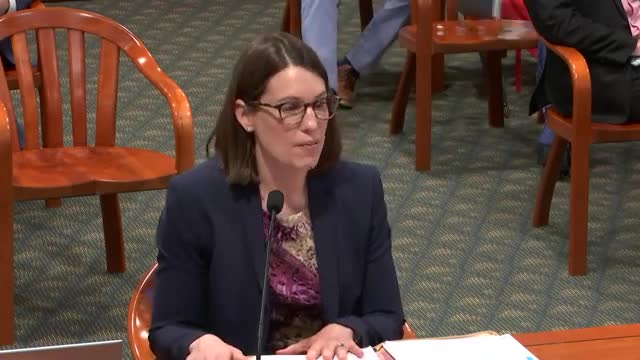Pharmaceutical costs stabilize as generic market drives medicine savings
May 21, 2025 | 2025 House Legislature MI, Michigan
Thanks to Scribe from Workplace AI , all articles about Michigan are free for you to enjoy throughout 2025!

This article was created by AI using a video recording of the meeting. It summarizes the key points discussed, but for full details and context, please refer to the video of the full meeting. Link to Full Meeting
The meeting revealed that spending on medicines has remained relatively stable over the past two decades, consistently accounting for about 10 to 14% of total healthcare spending. In 2023, net spending on pharmaceuticals saw a modest increase of just 2.3%. Despite the introduction of new technologies in the pharmaceutical market, experts believe that the share of spending on drugs will continue to be a manageable portion of overall healthcare costs.

Before you scroll further...
Get access to the words and decisions of your elected officials for free!
Subscribe for FreeA key point of discussion was the impact of generic medications on prescription drug costs. The robust market for generics, which constitutes nearly 90% of all prescriptions filled, has led to significant savings—approximately $2.9 trillion from 2013 to 2022. The growth of biosimilars, which are similar but not identical to biologic medicines, is also expected to contribute to future savings, potentially doubling to $61 billion by 2028.
However, the meeting also highlighted concerns regarding the influence of PBMs, which control about 80% of the market. These entities wield considerable negotiating power, determining not only the affordability of medications for patients but also which drugs are covered and the conditions under which they can be accessed. More than half of every dollar spent on branded medicines goes to intermediaries rather than the manufacturers themselves, raising questions about transparency and fairness in drug pricing.
The discussion further delved into the complexities of the pharmaceutical supply chain, revealing that a significant portion of spending is allocated to rebates, fees, and programs like the 340B program, which has ballooned from $12 billion in 2013 to approximately $66 billion in 2023. This rapid growth, at a rate of 20% year over year, underscores the increasing financial burden on the healthcare system.
As the meeting concluded, it became clear that while there are mechanisms in place to control drug costs, the intricate web of pricing and reimbursement continues to challenge patients at the pharmacy counter. With nearly half of patient costs stemming from the list price of medications, the need for reform in how drugs are priced and accessed remains a pressing issue for lawmakers and constituents alike. The discussions at this meeting may pave the way for future initiatives aimed at enhancing transparency and affordability in the pharmaceutical landscape.
Converted from Insurance - 5/21/2025 meeting on May 21, 2025
Link to Full Meeting
Comments
View full meeting
This article is based on a recent meeting—watch the full video and explore the complete transcript for deeper insights into the discussion.
View full meeting




